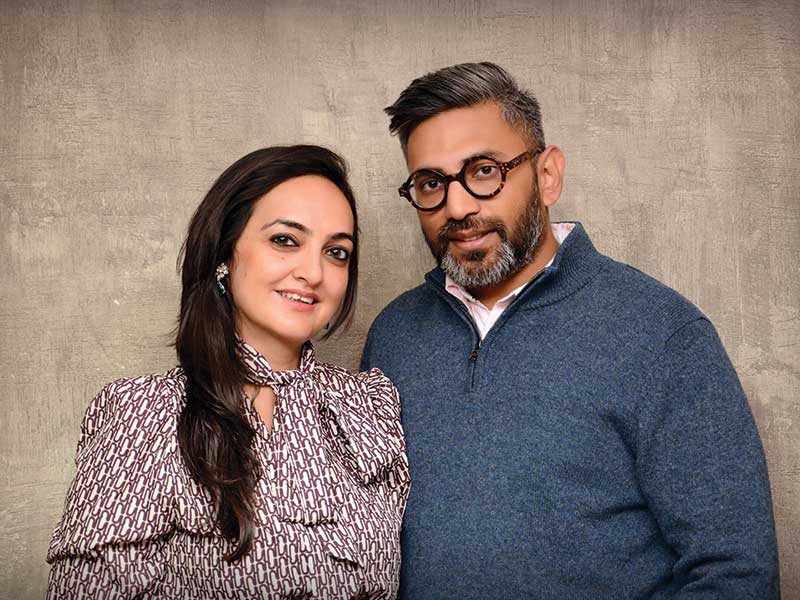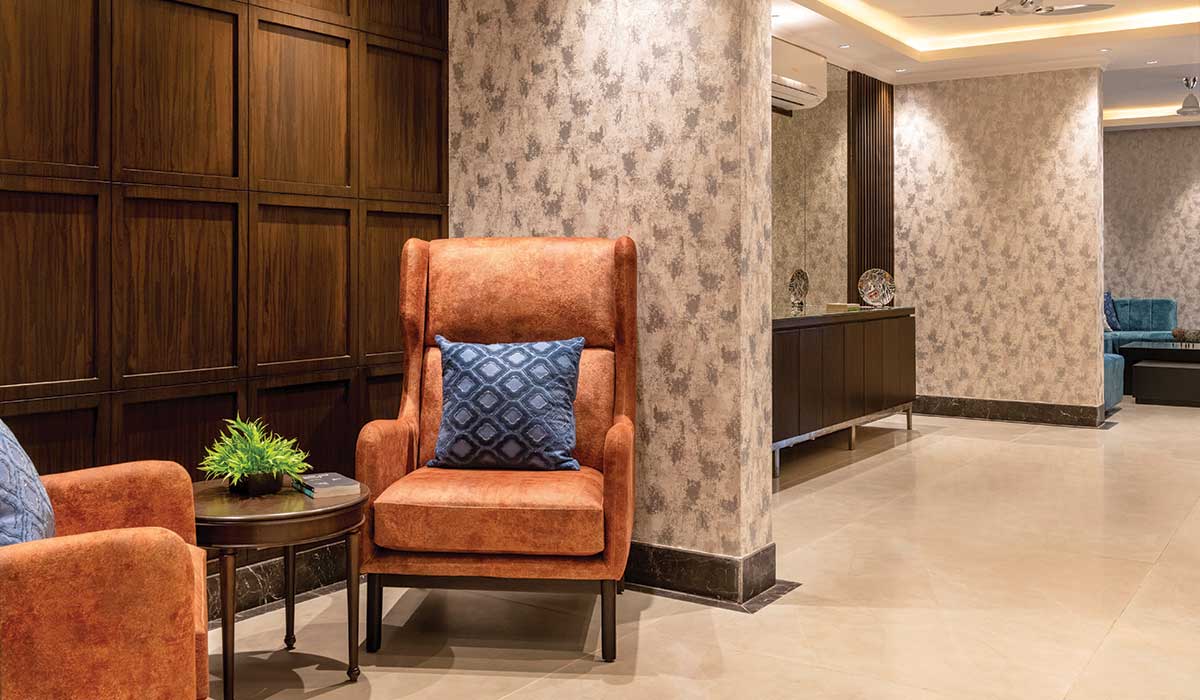
Like all other facets of our lives, the pandemic has resulted in adaptive changes in the built environment, especially how it is imagined from hereon. As a result, we are witnessing a significant change in the design process and the key steps involved. Another major reform is with respect to sanitation design. Emphasis on natural ventilation and air circulation within a space is at the fore of this change. Design that encourages social distancing is also becoming a norm.
A valuable takeaway from the pandemic is to make the most of locally available resources. Use of natural, composites, and bacteria-resistant materials are gaining popularity. Indigenous building materials inhibit heat transmission and keep buildings cooler, especially in a tropical climate like India’s. Having said that, natural materials will surely gain prominence in the long run, and rightly so.
Architects need to establish a balance between conventional methodologies while adapting to the end-user’s ever-changing needs.
It is incumbent upon the architect to constantly strive to improve the built environment’s quality. Establishing a balance between our reliance on conventional methodologies and adapting to the end-user’s ever-changing needs is a wise strategy to adopt in such scenarios. For instance, remote or flexible work demands spaces to be multifunctional in nature and offer more than what meets the eye.
Adopting urban approaches like horizontal expansion, decentralisation, de-densifying cities, urban farming, lesser motorised vehicles, and increased pedestrian and cycling facilities, self-sufficient strategies, more green pockets, low-rise buildings, adaptive reuse, hygienic, lightweight, adaptable building materials, etc. can help in improving the quality of the built environment.
Movements such as minimalism, multifunctional design, and eco-conscious architecture have been on the rise and will soon come to the forefront. Furthermore, due to the pandemic, there is an increased awareness about sustainability and its global repercussions; so, movements that respond effectively to these issues will be in the spotlight.

Urban design is taking a cue from the pandemic lockdown and will undergo a change.
Architecture has evolved through history. When ‘form will follow function’ the narrative will itself change, and architecture will follow the need of the hour, the site, and the expectations of the end-user. Inclusive urban planning and proper management of multi-functional public spaces over preventive design strategies could encourage and enable physical activity by designing for the future.
The pandemic has reinforced that design and physical spaces play a role in enabling the spread of diseases. Learning from that, architecture will have to shape itself and be prepared for the next hit. We will see a change in product design and usage from hardware to furniture to sanitary fixtures to lighting.















